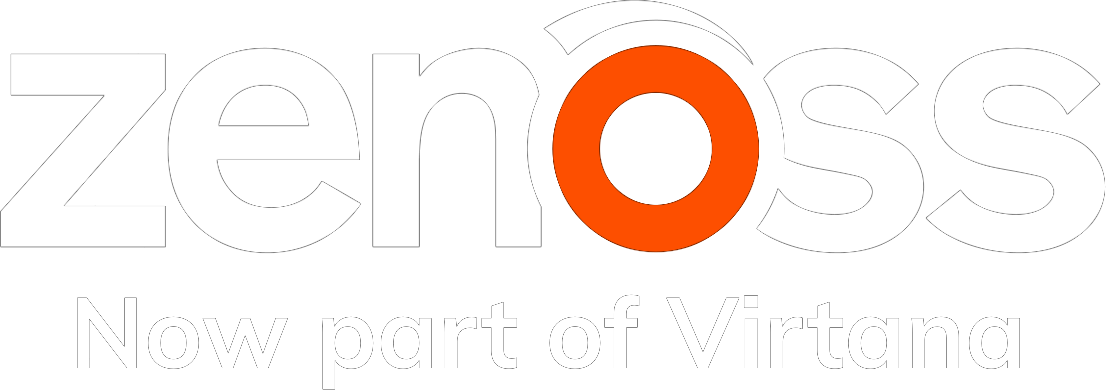In today's rapidly evolving landscape of distributed systems and microservices, understanding how applications behave in production environments has become increasingly complex. Traditional monitoring tools often fall short when it comes to providing comprehensive insights into the performance and behavior of these modern architectures. Enter OpenTelemetry (often referred to as OTel), a powerful and standardized approach to observability that is revolutionizing the way developers understand and troubleshoot their applications.
The Need for a Standard
Before delving into the specifics of OpenTelemetry, it's essential to understand the challenges it aims to address. In a distributed system comprising numerous services, each running across different environments and communicating asynchronously, gaining visibility into the entire application stack becomes a daunting task. Traditional monitoring solutions, which rely on manually instrumenting code and maintaining disparate tools for metrics, logging and tracing, struggle to keep pace with the dynamic nature of modern applications. This results in a fragmented view of system behavior, making it challenging to diagnose and resolve issues efficiently.
The Birth of OpenTelemetry
OTel is a Cloud Native Computing Foundation project that is the result of a merger between two prior projects, OpenTracing and OpenCensus. Both of these projects were created to solve the same problem: the lack of a standard for collecting data and sending it to an observability back end. As neither project was fully able to solve the problem independently, in 2019, they merged to become OpenTelemetry and leverage their collective strengths into a single solution. While this endeavor was originally an open-source project aimed at standardizing the collection of telemetry data from cloud-native software, its rapid acceptance has begun enabling observability in the broader domain of IT infrastructure. By providing a vendor-neutral framework for instrumenting applications and infrastructure, OTel simplifies the process of capturing and correlating metrics, traces and logs across distributed systems. It currently enjoys the status of the de facto standard for observability.
Key Objectives and Benefits
OTel endeavors to achieve several key objectives, each addressing critical pain points in observability:
- Standardization: By defining a common set of APIs and data formats, OTel enables interoperability across different monitoring tools and platforms. This ensures that developers can adopt the framework without being locked into proprietary solutions, fostering a more vibrant ecosystem of observability tools.
- Instrumentation: One of the core challenges in observability is instrumenting applications effectively without introducing significant overhead or complexity. OTel provides libraries and SDKs for popular programming languages, making it easier for developers to instrument their code consistently and efficiently.
- Metrics and Logging: OpenTelemetry supports the collection of metrics and logs, providing a holistic view of application behavior. By integrating with existing logging frameworks and metric storage solutions, developers can leverage familiar tools while benefiting from enhanced observability capabilities.
- Distributed Tracing: Tracing requests as they propagate across microservices is essential for understanding performance bottlenecks and dependencies. OTel defines a standard format for distributed traces, allowing developers to correlate requests across service boundaries and visualize the flow of data through their applications.
How It Works: Signals
The purpose of OTel is to enable observability through collecting, processing and exporting signals. Signals are system outputs that give insights to the underlying activity of the operating system and applications running on a platform. A signal can be something you want to measure at a specific point in time, like processor temperature or memory usage, or an event that traverses the components of your distributed system that you'd like to trace. You can group different signals together to observe the inner workings of the same piece of technology under different angles.
- Metrics: A metric is a measurement of a component or service captured at a point in time. The moment of capturing a measurement is known as a metric event, which consists not only of the measurement itself, but also the time at which it was captured (as well as associated metadata).
- Logs: A log is a time-stamped text record, either structured (recommended) or unstructured, with metadata. Of all telemetry signals, logs have the biggest legacy. Most programming languages have built-in logging capabilities or well-known, widely used logging libraries. In OTel, any data that is not part of a distributed trace or a metric is a log. For example, events are a specific type of log.
- Traces: Traces provide the big picture of what happens when a request is made to an application. Whether your application is a monolith with a single database or a sophisticated mesh of services, traces are essential to understanding the full “path” a request takes in your application.
- Baggage: In OTel, baggage is contextual information that’s passed between spans. It’s a key-value store that resides alongside span context in a trace, making values available to any span created within that trace.
Key Elements of OpenTelemetry
To understand how OpenTelemetry works, let's explore its key components:
- Instrumentation Libraries: OTel provides libraries and SDKs for popular programming languages, including Java, Python, Go and JavaScript. These libraries make it easy to instrument applications with minimal code changes, allowing developers to capture telemetry data without disrupting existing workflows.
- Collectors: Collectors are responsible for receiving, processing and exporting telemetry data collected from instrumented applications. They aggregate data from multiple sources, perform operations such as sampling and aggregation, and then export the processed data to back-end storage or analysis systems. OTel provides flexible collector components that can be customized to meet specific requirements, allowing organizations to tailor their observability pipelines to suit their needs.
- Exporters: Once telemetry data is captured and sent to a collector, it needs to be exported to a back end for storage, analysis and visualization. Exporters are what collectors use to send telemetry data to a back-end system. OTel supports a wide range of exporters, including Jaeger, Zipkin, Prometheus and Elasticsearch, allowing developers to choose the most suitable back end for their needs.
- Trace Context: At the heart of OTel is the concept of trace context, which enables correlation of telemetry data across distributed systems. By propagating trace context between services using standardized headers or context propagation mechanisms, OTel ensures that requests can be traced seamlessly across service boundaries.
- Integration Points: OTel integrates seamlessly with popular observability tools and frameworks. By leveraging these integration points, developers can gain deeper insights into the behavior of their applications without additional configuration or setup.
Challenges and Adoption
While OpenTelemetry offers significant benefits in terms of standardization and simplification, it is not without its challenges. One of the primary hurdles is ensuring widespread adoption across the industry. While major cloud providers and observability vendors have embraced the framework, convincing smaller organizations and individual developers to adopt OpenTelemetry requires community engagement and education efforts.
Furthermore, integrating OpenTelemetry into existing workflows and toolchains requires upfront investment in terms of time and resources. Developers need to familiarize themselves with the framework's APIs and best practices to maximize its effectiveness, which can pose a learning curve for teams accustomed to traditional monitoring approaches.
Conclusion
In conclusion, OpenTelemetry represents a significant step forward in the quest for better observability in modern applications and infrastructure. By providing a standardized framework for capturing telemetry data, OpenTelemetry simplifies the process of understanding system behavior in distributed environments. While challenges remain in terms of adoption and integration, the benefits of embracing OpenTelemetry are clear: improved troubleshooting, faster resolution of issues, and a more robust approach to monitoring cloud-native environments.
As the ecosystem continues to evolve, OpenTelemetry is poised to play a central role in shaping the future of observability, empowering developers to build and operate complex distributed systems with confidence and clarity.










